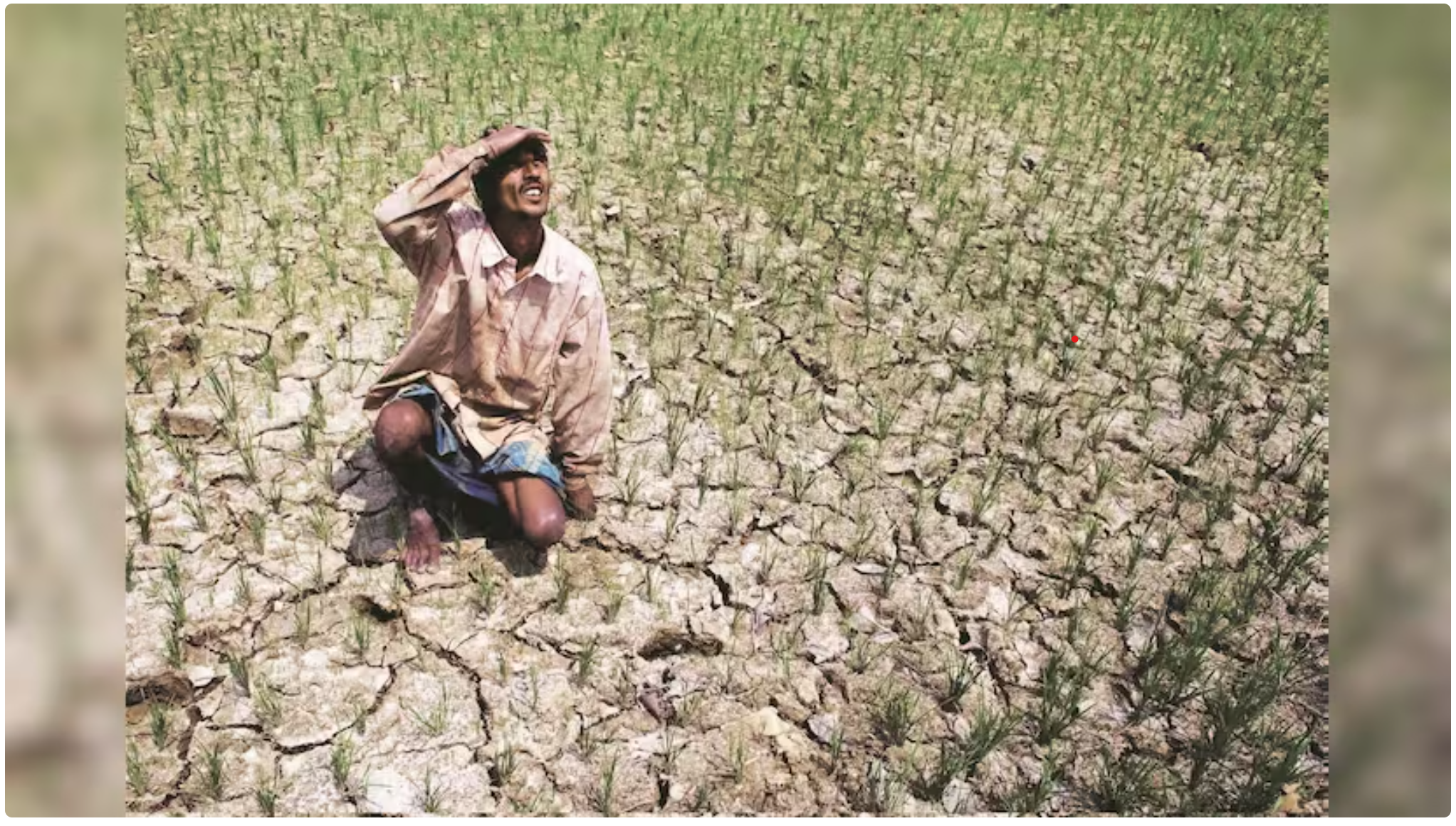Asia-Pacific Climate Report 2024

- 05 Nov 2024
In News:
Climate change to put APAC GDP on thin ice with 41% melt by 2100.
Key Highlights:
- Economic Losses Due to Climate Change:
- APAC Region: High-end greenhouse gas emissions could reduce GDP by 17% by 2070 and 41% by 2100.
- India: Projected to experience a 24.7% GDP loss by 2070, with neighboring countries like Bangladesh (30.5%), Vietnam (30.2%), and Indonesia (26.8%) facing even steeper declines.
- Major Drivers of Economic Losses:
- Sea-Level Rise: Up to 300 million people at risk of coastal flooding by 2070. Annual damages could reach $3 trillion by 2070.
- Labour Productivity: The APAC region could lose 4.9% of GDP from reduced labour productivity, with India facing a sharper 11.6% loss.
- Cooling Demand: Rising temperatures could reduce regional GDP by 3.3%, but India's cooling demands could cut its GDP by 5.1%.
- Flooding and Storms: Increased rainfall and storm intensity will exacerbate flooding and landslides, particularly in mountainous regions like the India-China border, where landslides could rise by 30-70% under severe warming.
- Impact on Key Sectors:
- River Flooding: By 2070, annual riverine flooding could cause $1.3 trillion in damages across the APAC, affecting over 110 million people. India could face over $1,100 billion in flood-related damages annually.
- Forest Productivity: Climate change could reduce forest productivity by 10-30% by 2070 across APAC. India could see losses over 25%, making it one of the hardest-hit countries, alongside Vietnam and Southeast Asia.
- Climate Risks and Vulnerabilities:
- Coastal Flooding: Coastal flooding could lead to widespread economic damage, with India expected to suffer significant losses, particularly in coastal areas.
- Ecosystem Threats: Intensified storms, rainfall, and landslides will affect ecosystems, forests, and agriculture across the region.
- Climate Change and Adaptation Needs:
- Investment Requirements: Developing Asia requires $102–431 billion annually for climate adaptation, far exceeding the $34 billion tracked from 2021 to 2022.
- Private Investment: The report highlights the need for greater private climate investment and regulatory reforms to attract capital for adaptation initiatives.
- Renewable Energy: APAC is well-positioned to embrace renewable energy for a net-zero transition, and the use of carbon markets could help achieve climate goals cost-effectively.
- Regional Net-Zero Goals and Progress:
- Net-Zero Targets: 36 out of 44 Asian economies have set net-zero emissions targets, but only 4 have legally committed to these goals. India and China target 2070 and 2060, respectively, while many OECD countries aim for 2050 targets.
- Policy Gaps: Developing Asia needs clearer policies and increased financing to meet climate ambitions. Institutions like ADB are crucial in supporting these efforts.
- Action Plan for the Future:
- Urgent Climate Action: The report stresses the importance of coordinated action to address escalating climate risks.
- Enhanced Adaptation Finance: There is a need to scale up adaptation-focused finance to tackle the growing climate challenges facing the region.
India's Vulnerability and Climate Challenges:
- Labour Impact: India is expected to experience a 11.6% GDP loss due to declining labour productivity, the highest among APAC countries.
- Cooling Demands: A 5.1% reduction in GDP due to increased cooling demand.
- Flood Damage: India’s flood-related losses could surpass $1.1 trillion annually by 2070, with damages to residential and commercial properties.
